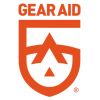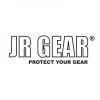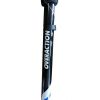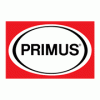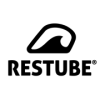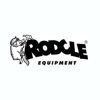Sleeping Mats

Why do I need a sleeping mat?
For two main reasons: comfort and warmth. In almost all camping situations, the ground will be colder than your body. When you lie down, heat passes from your body to the ground (and vice versa) through conduction. Your sleeping bag doesn't keep you warm in this situation as all the stuffing under your body is compressed. This compresses all the insulating air and means your sleeping mat is the only thing keeping you warm underneath.
As well as giving you something comfortable to lie on, your sleeping mat provides vital insulation from the cold ground.
Unless you're camping in very cold temperatures, you can actually lose more heat to the ground than to the surrounding air – up to three times more in some conditions! This makes a good camping mat absolutely essential.
How do we choose a sleeping pad?
Many factors will dictate how you choose a sleeping pad, from your budget to the activity you plan and your environment. Although it may seem like a simple thing to put in your tent with your sleeping bag, hundreds of sleeping pads are now available, in a wide range of different shapes, sizes, designs and constructions, so choosing the best sleeping mat can be difficult!

Types of sleeping mats
There are three different types of underlayment, and each uses a different method to insulate you from this conductive heat loss.
1) Foam mattresses
https://www.cdc.gr/camping/camping-and-trekking-mattress/mat/
Closed-cell foam mattresses (like the old-school roll-ups people used before Therm-a-rest revolutionized the industry with air mattresses) are very stable, simple to use, extremely durable, and relatively inexpensive. However, they are quite bulky to carry and not so comfortable to sleep on.
Some foam mattresses now use a "Z" folding construction to make them easier to pack. Other innovations include aluminum foil overlays to reduce heat loss and an "egg case" design that traps pockets of insulating air.
Pros: Durable, cheap, lightweight, excellent insulation
Cons: Not as comfortable as other alternatives, bulkier and needs to be strapped to the outside of your backpack.
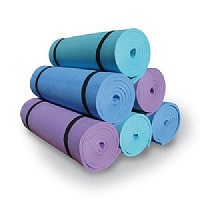
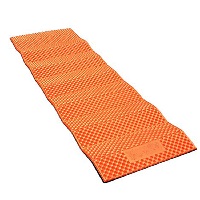
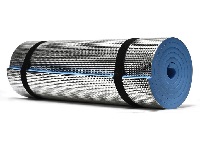
2) Air mattresses
https://www.cdc.gr/camping/camping-and-trekking-mattress/air-mattress/
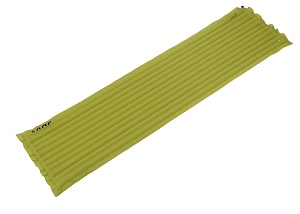
Air mattresses come in a wide variety, from light ones that are ideal for backpacking to very thick ones that are ideal for "glamping" (glamorous camping), i.e. for greater comfort. Most air liners now contain insulation and/or reflective materials to increase warmth. Many mattresses have alternative inflation methods so you can save your breath.
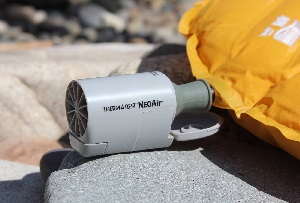
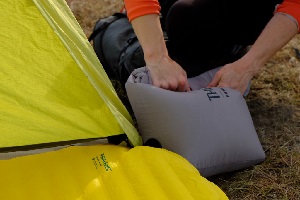
Pros: Air mattresses are incredibly comfortable and lightweight and the most compact type of mattress when packed. You can adjust the firmness of the mattress by releasing or adding air from the valves.
Cons: Air mattresses tend to be more expensive the lighter and more compact they are. They can get punctured or torn, but you can repair them in the field if you have the right repair kit with you.
Air mattresses tend to lose air if the outside temperature fluctuates, so check the firmness and adjust the air just before going to bed. Moisture from breathing can get trapped inside, which can eventually lead to reduced performance or bacteria or even mold problems. Using a hand pump will help prevent moisture build-up in the field, as will storing your substrate at home unrolled with the valves open.
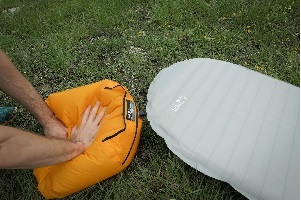
3) Self-inflating mattresses
https://www.cdc.gr/camping/camping-and-trekking-mattress/self-inflating-mattress/
Self-inflating mats use open-cell foam (the spongy stuff you use to wash your car) wrapped in a durable outer fabric. When you open the valve, this foam springs back into shape, sucking in air and inflating the mattress. Most pads inflate within 5 minutes or so, but you may need to add some air at the end. In general, the thicker the substrate, the warmer it will be. On the market, substrates with a thickness of 2.5 cm (for summer use) up to 10 cm (for extremely low temperatures) are usually available.
Self-inflating mats offer the best combination. The foam inside the mattress traps air for insulation and is much more comfortable to lie on than the classic foam mattress. Self-inflating mattresses can range from car camping mattresses to ultra-lightweight pads perfect for backpacking. It is important to store self-inflating mats unfolded with the valve open. Storing them rolled up and compressed can prevent them from inflating properly when you take them out.
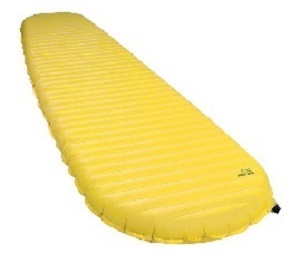
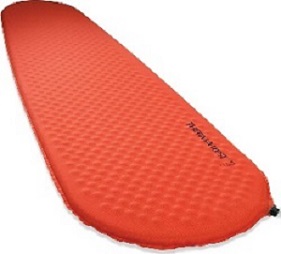
Pros: The best balance of warmth, weight and comfort, less effort to inflate than simple air mattresses. Designs and intended end uses vary widely. Make sure the one you choose has an R-value that suits the conditions you expect.
Cons: They are not as light and small packed as simple air mattresses, and they are not as durable as classic foam mattresses because they can be punctured. So some care is needed as well as a repair kit with you just in case! However, today there are extremely small and compressed mattresses on the market that can fit in a backpack and are very light!
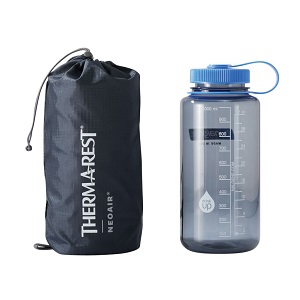
What are sleeping mattress "R-values"? (R-Value)
R-values are a measure of how well your sleeping mattress resists heat loss. An R value of 1.0 to 2.0 is good for summer use, but you'll need a rating of 4.0 to 5.0+ for winter camping.
Therm-a-Rest, the first self-inflating mattresses

https://www.cdc.gr/camping/camping-and-trekking-mattress/?features_hash=11-426
In 1971, a combination of unemployed Boeing engineers, a gardening pad, and the dream of better nights under the stars came together to change the way we experience the outdoors forever. By 1972, Cascade Designs was formed and began selling the Therm-a-Rest Standard 3/4 - the world's first self-inflating sleeping mattress.
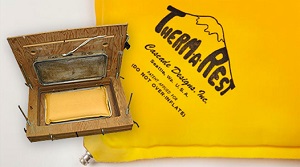
Today, we can confidently say that Therm-a-Rest remains a global leader in outdoor comfort, offering the widest and most innovative range of sleeping pads in many designs and sizes.
Sleep system
Your mattress and sleeping bag work together for a total effect!
It's true that your real-world warmth and comfort may vary from tested temperature ratings based on many variables, including humidity, wind, shelter type, tent type, terrain conditions, clothing, and personal preferences. The central issue, however, is your sleep system.
A sleeping system consists of three basic elements: 1) the mattress, 2) the sleeping bag and 3) the sleeping clothes.
If you use a less insulated base in colder temperatures, your sleeping bag may not meet its temperature rating. It's important to note that a sleeping bag's test rating is based on a person wearing long underwear and socks sleeping on an insulated underlay with an R value of about 5.5.
|
CONDITIONS |
WARM |
COOL |
COLD |
EXTREME |
|
Expected Nighttime Low |
10°C |
0°C |
-6°C |
-17°C |
|
Pad: R-Value Range |
2 |
2 – 3.9 |
4 – 5.4 |
5.5+ |
|
Sleeping Bag: Temperature Rating |
0°C or lower |
-6°C or lower |
-9°C or lower |
-20°C or lower |
https://www.rei.com/learn/expert-advice/sleeping-pads.html
Conclusion
Today there is a very wide variety of sleeping pads available on the market. Foam, air mattresses and self-inflatables. They all use different materials, different sizes, designs, weight, compressibility and of course, cost. For the correct selection of a mattress, we must study the use we will make, the environmental/weather conditions (what temperatures we expect at night, how much moisture there is, etc.), the soil conditions (how likely it is to puncture the pad), the carrying (how much time it will take to carry our rucksack to the camping site), as well as our personal needs (some need warmer sleep than others).
Moreover, for a comfortable and restful sleep, we must study the overall sleep system we plan. That is, the combination of mattress, sleeping bag and sleeping clothes.
In addition, if we choose an air mattress (simple or self-inflating) we make sure to check the mattress before the purchase or at home, and we always have a repair kit with us!
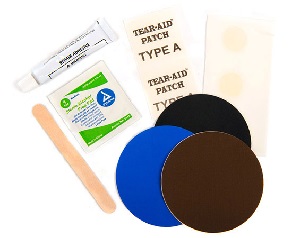
Sources:
https://eu.alpkit.com/blogs/spotlight/choosing-a-sleeping-mat
https://www.rei.com/learn/expert-advice/sleeping-pads.html
https://www.advnture.com/how-to/how-to-choose-a-sleeping-pad
Recent posts
-
24/05/2024Backpack Guide Part Α’ 10 – 30 L
-
20/03/2024Guide for crampons
-
19/02/2024Hangboarding for beginners
-
06/02/2024Rock Climbing in Occupational Therapy
-
23/11/2023Climbing Grades
-
22/11/2023Climbing in psychotherapy
-
16/11/2023What is Bouldering
-
15/11/2023Trad VS Sport Climbing
-
15/11/2023Winter Tents
-
07/11/20233 Season Tents
-
03/11/2023Summer Tents
-
02/11/2023Lifespan Of Your Climbing Gear – Part B Metal Components
-
02/11/2023Lifespan Of Your Climbing Gear – Part A (Harness, Rope, Slings and Webbing)
-
30/10/2023Nail Vernis Aquaglutene - Vade Retro
-
30/10/2023THE LOG BOOK
-
30/10/2023Mountain cookware
-
30/10/2023Our Blog
-
30/10/2023Climbing Shoes - Quick Buying Guide
-
30/10/2023Washing and maintenance of the sleeping bag
-
30/10/2023Superlight Tents
-
30/10/2023ΙNFORMATION FOR CRAMPONS
-
30/10/2023Ice axe
-
30/10/2023INFLATABLE MATTRESS SLEEP
-
30/10/2023Nikwax secrets of waterproofing
-
30/10/2023What Is “Softshell”?
-
30/10/2023Slacklining, ένας εναλλακτικός τρόπος γυμναστικής.
-
30/10/2023Mountaineering - Hiking Boots
-
30/10/2023Waterproof Membranes
-
30/10/2023Sleeping Bags
-
30/10/2023Sleeping Mats
-
30/10/2023Base Layers
-
30/10/2023Climbing Helmets

























































